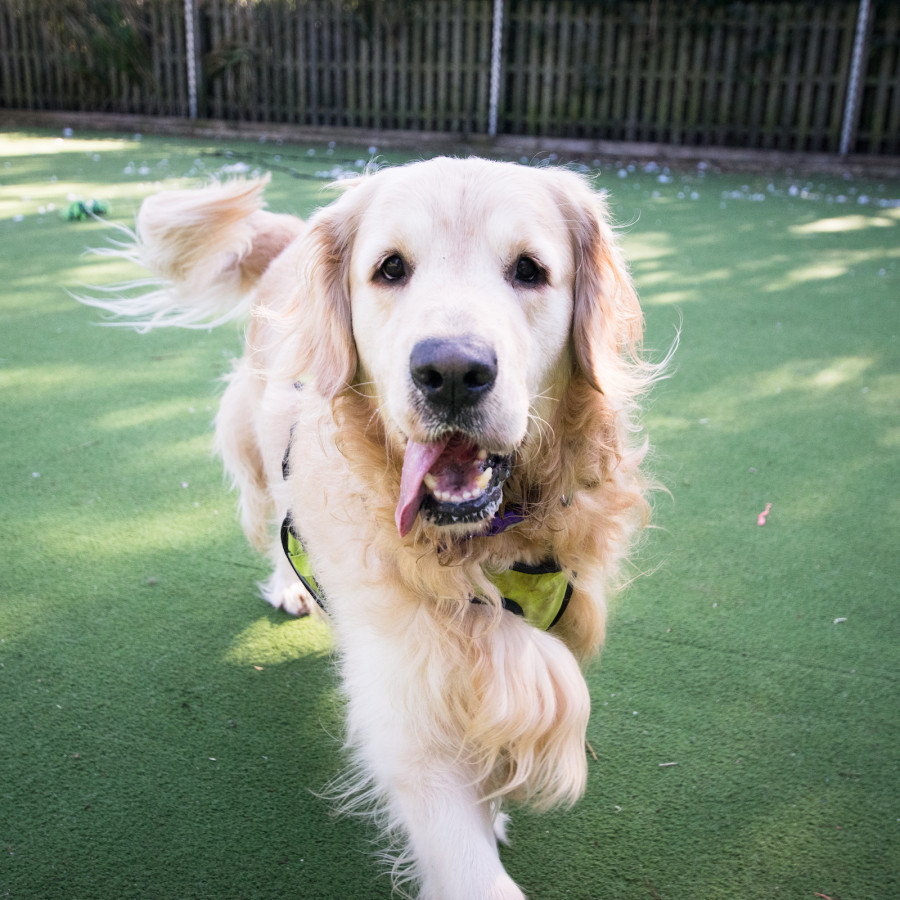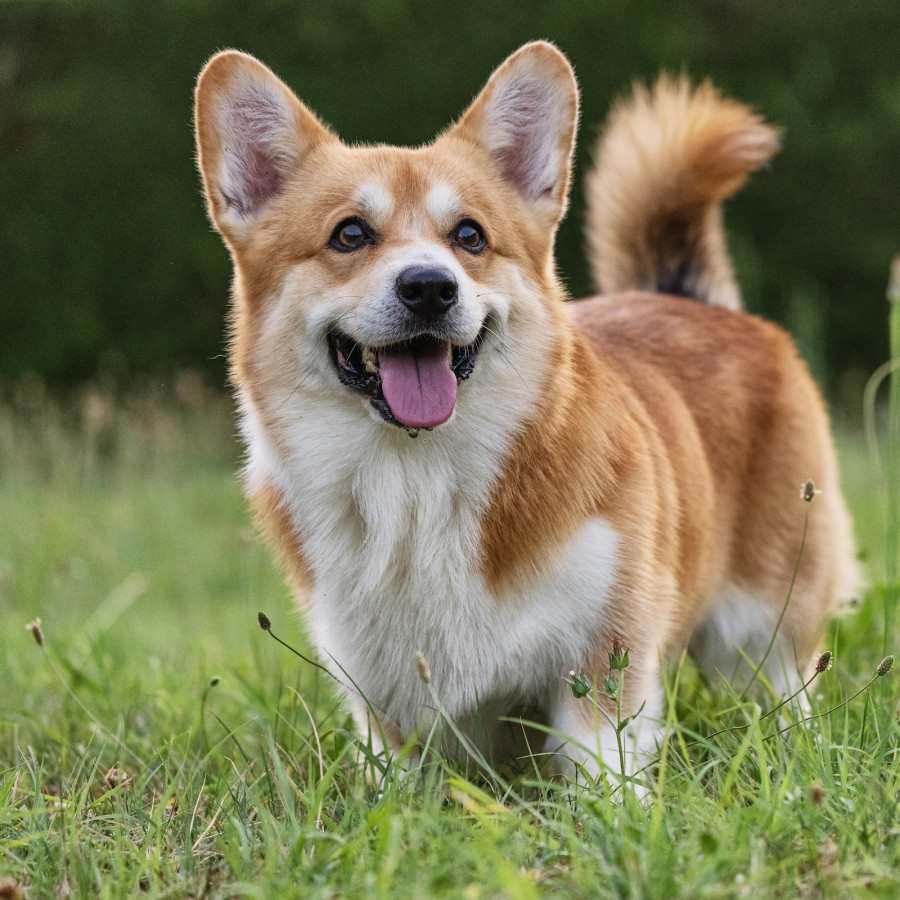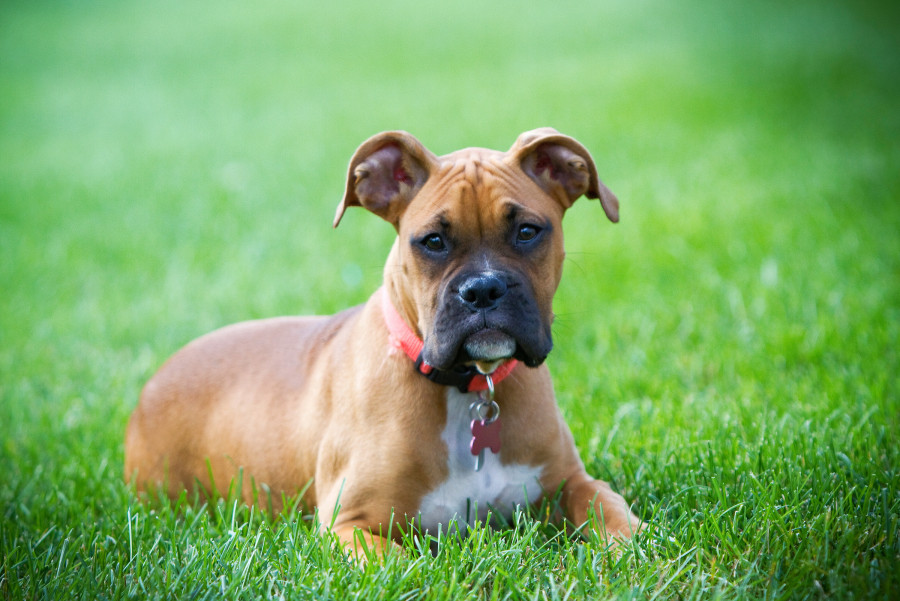What our expert says
Emily Norton
Veterinary Department Manager
Dogs will often naturally file their nails down if walking on abrasive surfaces such as concrete, but if you mostly walk your dog on softer surfaces like grass, they may need some assistance with keeping them at an appropriate length. You might also need to clip your dogs’ nails as they get older, as the nail becomes harder, and they walk less.
It’s important to check the length of your dog’s nails as long nails can cause a lot of discomfort and impact their ability to walk and stand in a natural way.
The best way to tell if your dog’s nails need trimming is to check the nail length goes past the position of the pads. If the nail is touching the ground and making the dog’s toes sit at an un-natural angle, then it may be too long.
Before you clip your dog’s nails, you need to look for the ‘quick’, this is the pink, middle point of the nail where all the nerves and blood vessels are, and you should avoid this to prevent any pain, bleeding or an adverse reaction to the procedure. For dogs with dark nails, it can be hard to see the quick, so it’s best to remove thin slithers of the nail until you’re able to see a small white circle in the centre of the nail.
You don’t have to clip all your dog’s nails in one go, perhaps do it over a few days if they find it stressful and give them chews or treats with lots of praise to help keep them still and calm.
Remember to check your dog’s dew claw; these nails are mostly found on the front legs, but some pets may also have them on one or both hind legs. This nail needs to be checked and clipped more often as it doesn’t meet the ground when the dog walks and should be at an appropriate length, so it doesn’t curl round into their pad. It can sometimes be hard to see this nail if your breed of dog has a thick or curly coat.
There are two main types of nail clippers; guillotine and scissors. Scissor clippers tend to be more accurate and precise on the nail, but you could also consider nail files for your dog, which are a popular choice and a more subtle way of maintaining nail length.
If your dog’s nails and the quick inside, are too long, you might need to cut the nails gradually, so perhaps speak to your vets for more advice.
Similarly, if your dog shows any signs of stress when you’re cutting their nails, or you find it difficult or uncomfortable to do so, you should contact your vet as one of the nurses will be able to help with nail clipping.
If you’re not confident clipping your dog’s nails yourself, you can also ask a groomer to do it, along with your vet. You don’t want to cut your pet’s nail too short as it will bleed and cause them pain.




